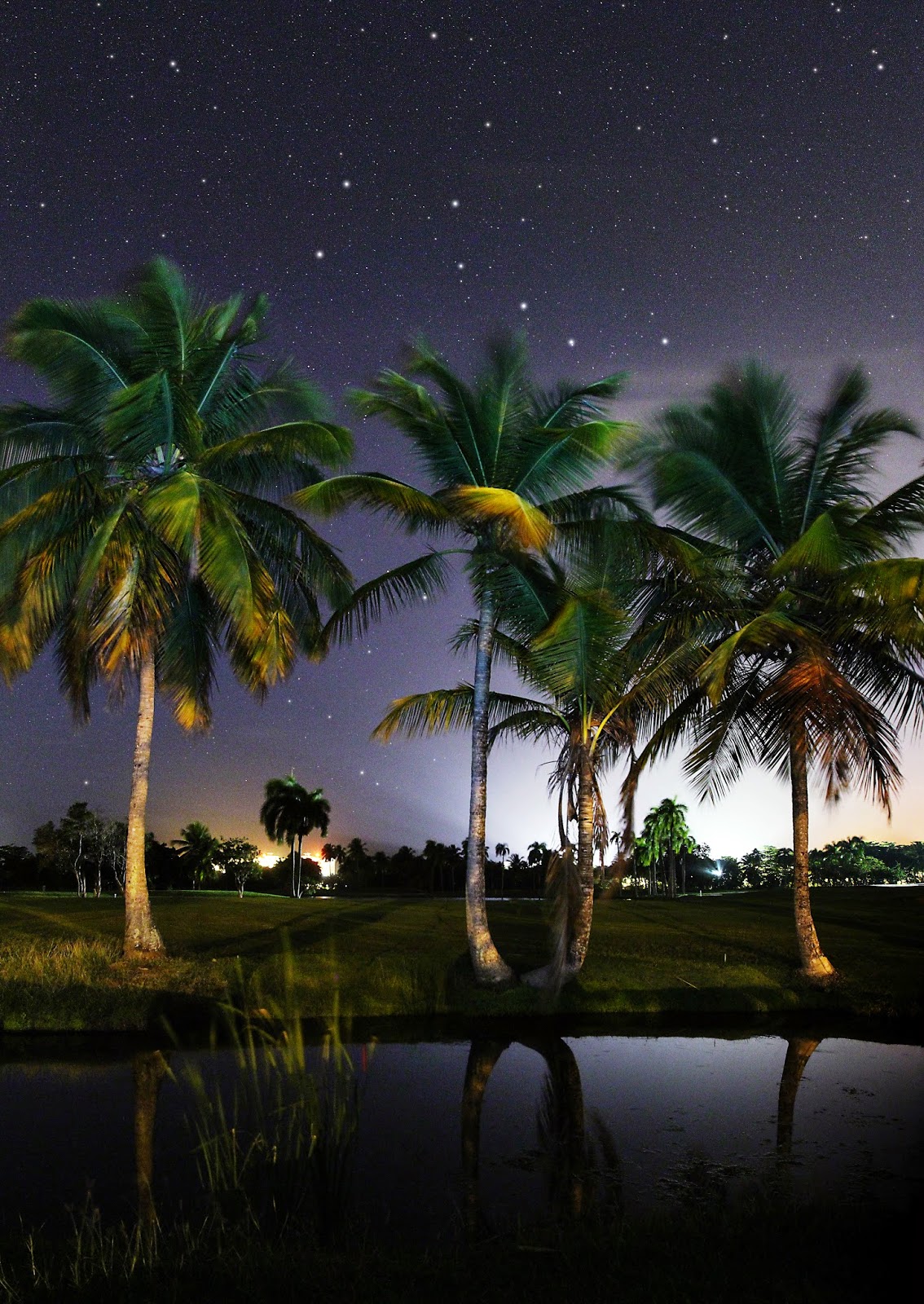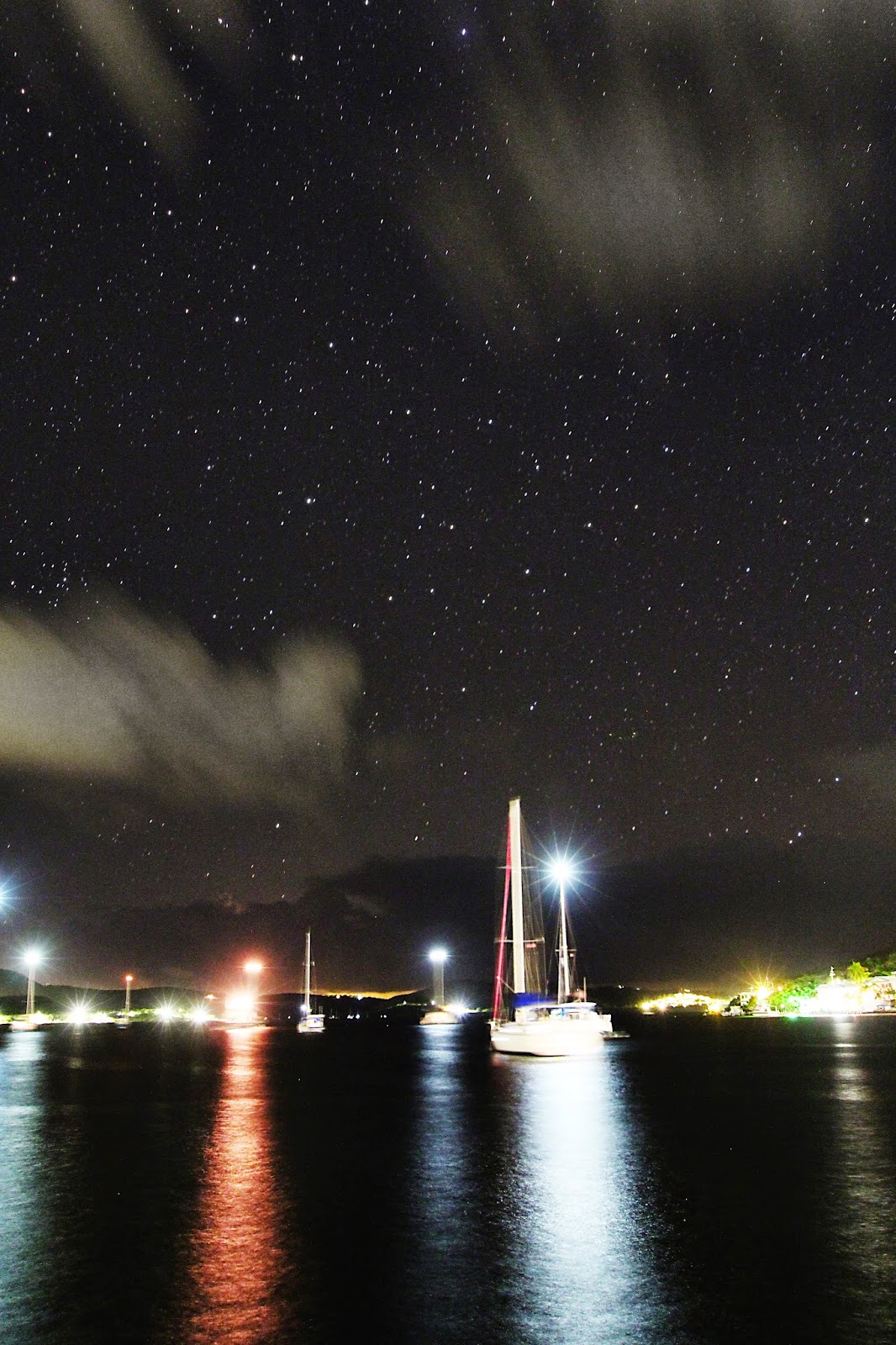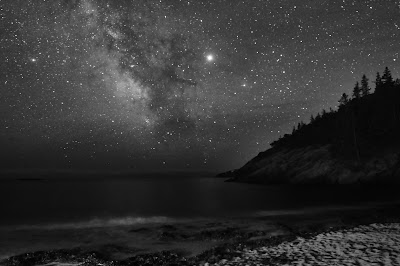You might be an amateur astronomer if
you center your vacation time around the New Moon.
--Amateur Astronomer Jokes
These are photos from my trip to Puerto Rico.
 |
| Puerto Rico Astrophotography - Big Dipper constellation, Canon 60Da |
This is the panorama of 4 images. Location - Wyndham Grand Rio Mar Beach Resort, Puerto Rico. Canon EOS 60Da, EF16-35mm f/2.8L II USM lens, ISO -3200, F6.3.
This photo can be used for a question "What is the latitude of the observer?" Palm trees in the image give the clue to this question.
It is interesting how well known constellations (like Big Dipper) look from different places of the world – Puerto Rico, Yellowstone, Grand Teton.
 |
| Puerto Rico Night Sky Palm Tree and Jupiter |
Canon EOS 60Da, EF16-35mm f/2.8L II USM lens, 20 sec, ISO-3200, F4.5
 |
| Palm Trees and Orion and Canis Major constellations Puerto Rico Astrophotography |
Canon EOS 60Da, EF16-35mm f/2.8L II USM lens, 20 sec, ISO-3200, F4.5
 |
| Yacht Astrophotography Culebra Island Puerto Rico |
Long exposure and waves gave such interesting yacht effect
Canon 60Da, EF16-35mm f/2.8L II USM lens, 30 sec, ISO-3200, F4
 |
| Near Equator Big and Little Dippers Puerto Rico Nightscape Astrophotography |
Canon 60Da, Wide Angle EF16-35mm f/2.8L II USM lens, 10 sec, ISO-6400, F2.8
 |
| Northern Pole Star - Polaris - Laser Pointer Puerto Rico Golf Course Astrophotography |
Canon 60Da, EF16-35mm f/2.8L II USM lens, 14 sec, ISO-3200, F6.3
 |
| Culebra Puerto Rico Night Sky |
Canon 60Da, EF16-35mm f/2.8L II USM lens, 30 sec, ISO-3200, F4
 |
| Orion, Canis Major and Milky Way - iOptron SkyTracker Astrophotography Puerto Rico |
Canon 60Da, Wide Angle EF 16-35mm f/2.8L II USM, f/4.0, ISO 3200, Duration 120sec iOptron SkyTracker, Culebra Puerto Rico
Constellations: Orion, Canis Major, Canis Minor, Monoceros. Part of Constellations: Lepus, Eridanus, Taurus, Gemini.
For such duration Barnard’s Loop in Orion is pretty much visible.
















































